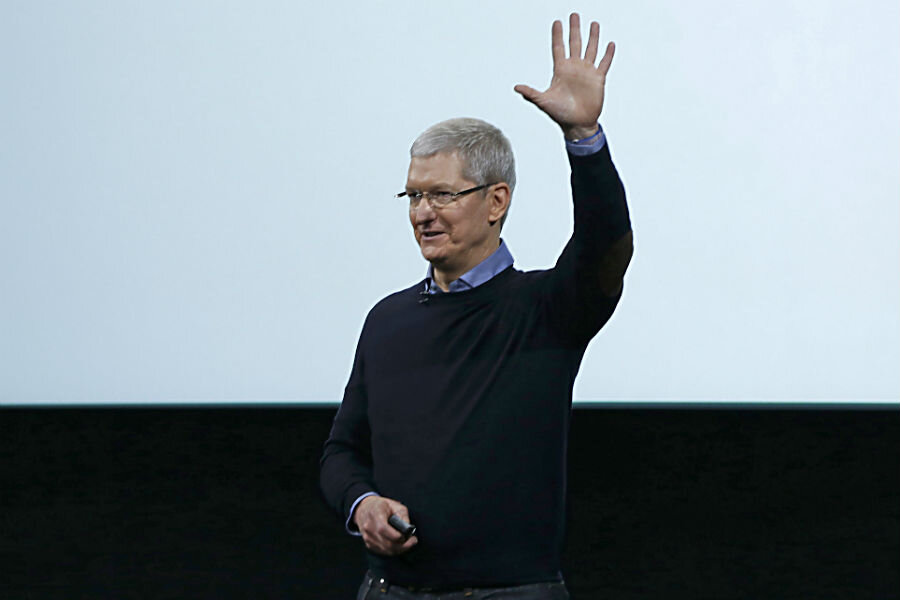Apple's iOS 9.3: Designed to prep you for a better night's sleep
Loading...
Apple Inc.’s updated operating system, iOS 9.3, brings with it minor enhancements to productivity and information applications like Notes, News, and more on its iOS platforms. But the newest addition, Night Shift, is billed as potentially offering users a better night's sleep.
The technology company unveiled iOS 9.3 at its Monday product launch event, and is available now on compatible iPhones and iPads.
Night Shift is relatively simple; the feature is a blue-light filter designed to counteract the negative effects of using bright, backlit smartphones or computers before going to sleep. Night Shift can either be manually enabled or automatically set to adjust how “warm” or “cool” a display appears based on the time of day. The feature will make displays appear more yellow and orange at night, canceling out blue and green light waves in the dark, before shifting back to standard brighter and cooler colors during the day.
Blue-light filters are nothing new, with comparable temperature shifting apps like f.lux previously available on PCs. Similar programs have not been available on Apple iOS products, however, until now.
With the rise of portable electronics, some have expressed concern over the disruption of users’ sleep cycles due to the use of backlit devices before bed. The cooler blue and green lights that emanate most prominently from traditional backlit displays, including those running operating systems like iOS, may reset body clocks at night, according to science writer David Holzman in a piece in Environmental Health Perspectives.
“[Al]though most visible wavelengths can reset the clock,” he noted, “the blues do the job with the greatest efficiency.”
According to some researchers, the blue light reset referenced by Mr. Holzman can change people's circadian clock, the internal “body clock” that synchronizes with the day-night cycle.
A study by Brigham and Women’s Hospital and Harvard Medical School found similar results. Researchers analyzed the differences in people’s sleep based on if they read from a paper book one hour before bed versus a light-emitting eReader. The results: Users of the electronic device “took longer to fall asleep and had reduced evening sleepiness, reduced melatonin secretion, later timing of their circadian clock, and reduced next morning alertness,” according to the study.
Night Shift may not completely eliminate this issue, since Apple products are still backlit, many users may choose to ignore the feature, and blue and green light can’t be completely filtered out. But iPhones and iPads now have the option for reducing cool light, an option some say should be a permanent fixture for electronics manufacturers going forward.
“Ideally future software design could be better optimized when night-time use is anticipated, and hardware should allow an automatic ‘bedtime mode’ that shifts blue and green light emissions to yellow and red as well as reduce backlight/light intensity,” researchers from St. Thomas’s Hospital and the University of Surrey wrote in a study published in Frontiers in Public Health.
“We hope that as technology improves, ‘brighter’ will not always be synonymous with ‘better’,” they said.






